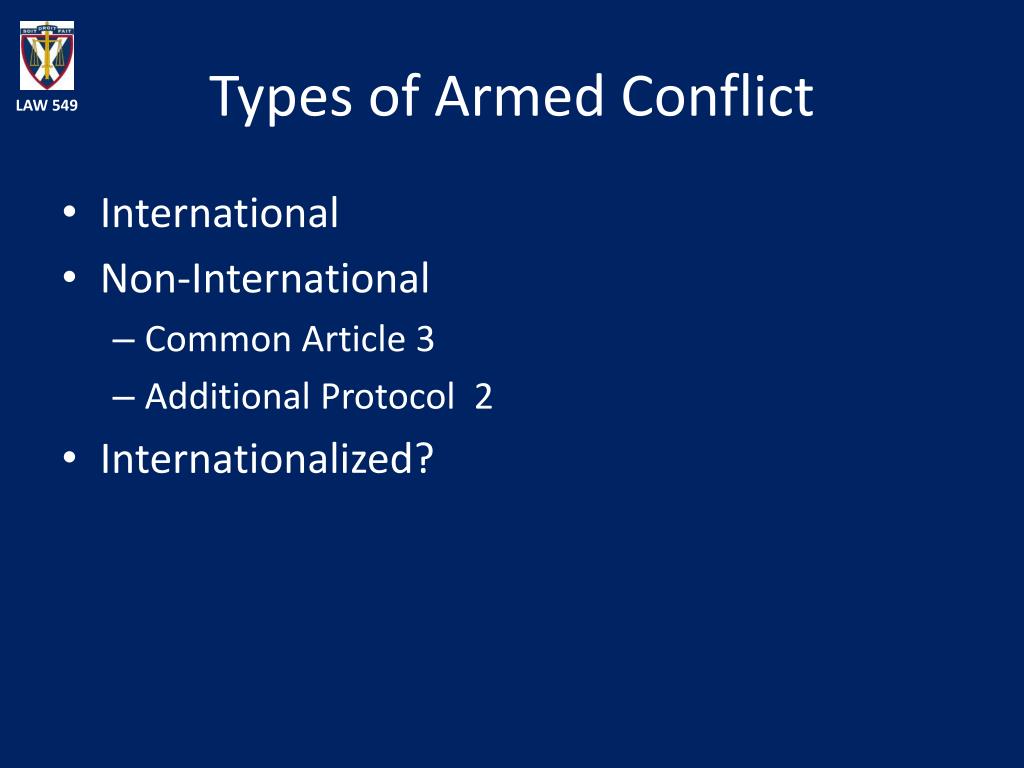

This definition is based on objective criteria intended to avoid the political polemics on qualification.

Since 1949, the application of international humanitarian law is no longer dependent on the formalism of a war declaration, or the recognition of the state of belligerency by one of the concerned States. The definition of Common Article 2 covers cases of declared wars as well as any armed conflict where the state of war has not been recognized. The issue entailed in those definitions lies in the obligation to respect rules of conventional and customary humanitarian law specifically applicable to international armed conflicts, rather than the more restricted rules applicable to non-international armed conflicts.Ĭonventional Definition: Armed Conflict between StatesĪccording to conventional international humanitarian law, this term describes armed conflicts between two or more States, cases of military occupation of all or part of the territory of a High Contracting Party, as well as wars of national liberation (GCI–IV Common Art. The first 1977 Additional Protocol to the Geneva Conventions as well as the jurisprudence of international tribunals have broadened the definition of international armed conflicts and have provided criteria of interpretation of this definition. Common Article 3 to the four Geneva Conventions provides the minimum rules applicable in non-international armed conflicts, without giving a clear definition of such conflict. Since 1949, Common Article 2 to the four Geneva Conventions gives a definition of international armed conflict that triggers the application of humanitarian law. Besides, there is no international legal definition of armed conflicts as such. Nonetheless, the definition of aggression as a crime under international criminal law was adopted only in 2010. Since 1945, the United Nations prohibits the recourse to armed force in the relations between States, except in cases of self-defense or aggression. Armed conflicts are both a state of fact and a question of law.


 0 kommentar(er)
0 kommentar(er)
